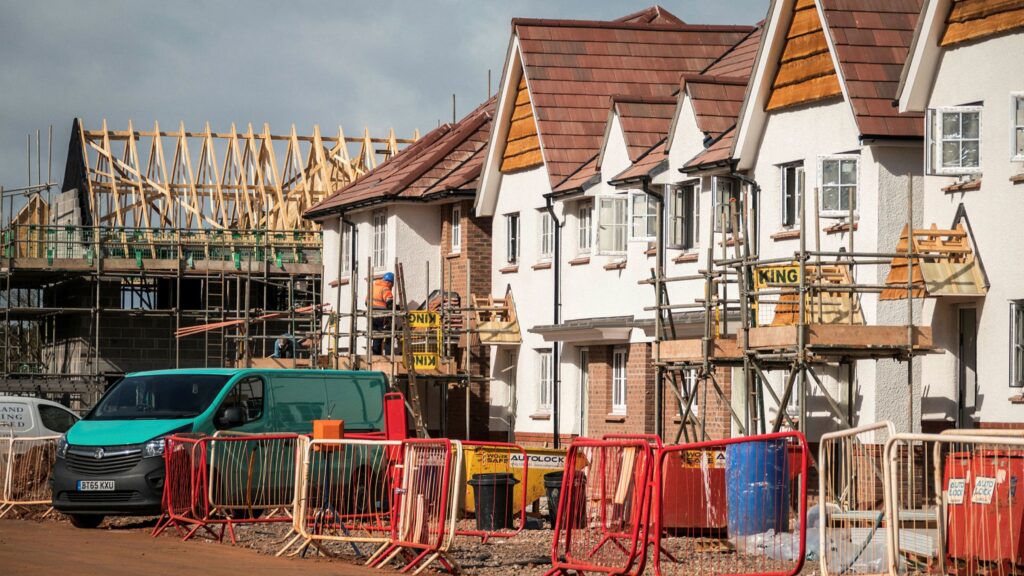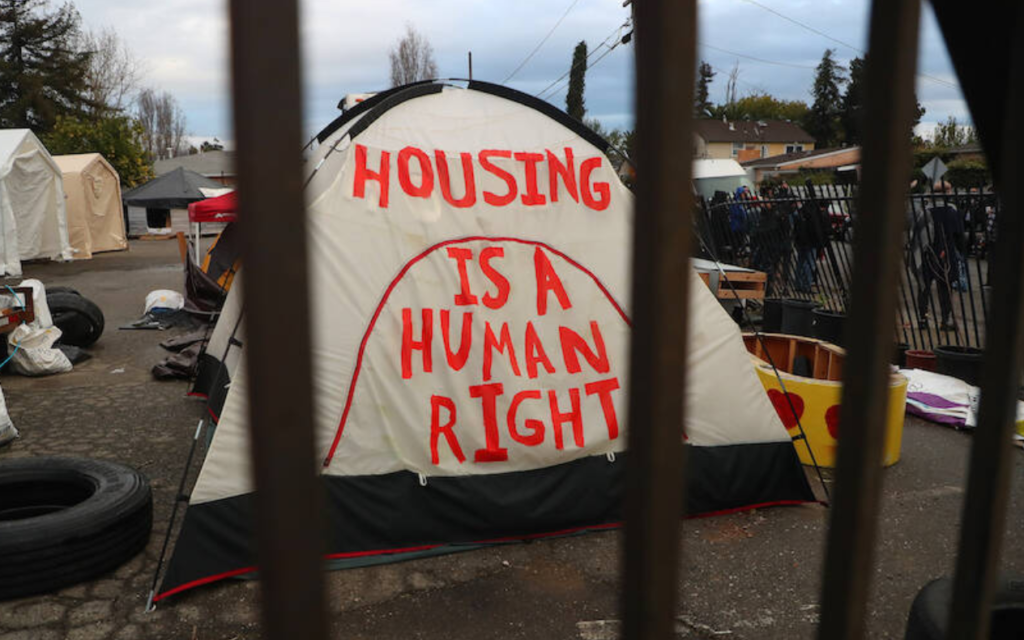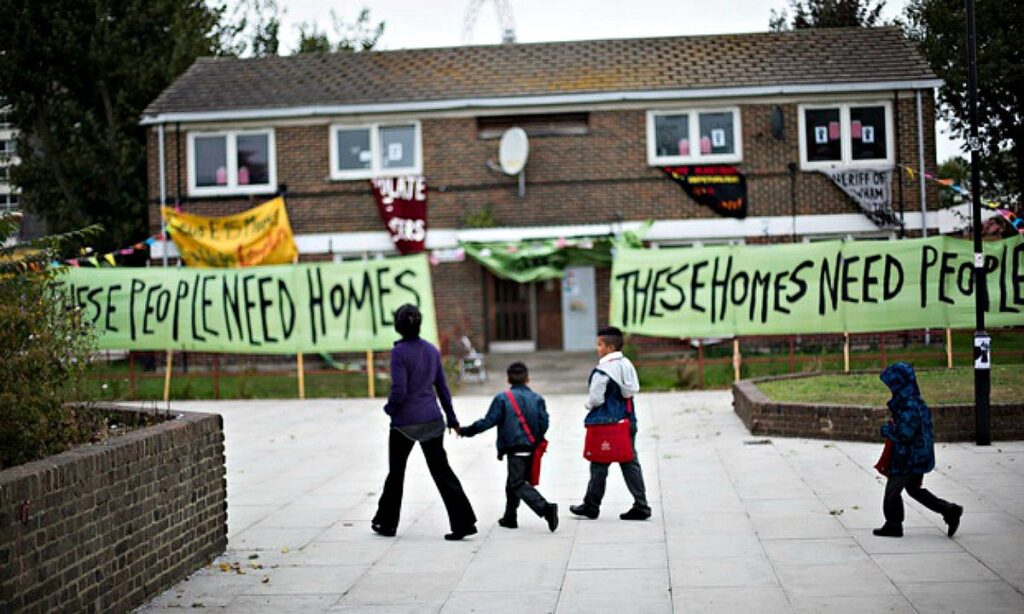
HOUSING IN THE UK: UNDERSTANDING THE CRISIS AND HOW TO SOLVE IT

Introduction:
The UK is facing a chronic housing crisis, with a backlog of millions of missing homes that are needed to solve the problem. The government is aiming to build 300,000 new homes every year to match demand and keep housing costs affordable, but less than 250,000 were built last year. Contrary to popular belief, there is not one single national housing crisis. Instead, Britain has many localised housing crises focussed on its most economically successful cities and towns where employment opportunities draw in large numbers of people. This article will explore the UK’s housing crisis, where the worst housing shortages are, the effects of housing shortages, and why we have a housing shortage. It will also examine planning reform, the changes needed to get more housing built where it is needed, and how national and local leaders can get homes built where demand is highest.
The UK’s Housing Crisis:
The Center for Cities’ latest piece of work on housing delves deep into the history of the UK’s housing crisis and finds that the UK has a backlog of 4.3 million missing homes. Compared to other European countries, Britain has a backlog of millions of homes that are missing from the housing market. Building these homes is key to solving the nation’s housing crisis. The scarcity of new homes in Britain’s most economically successful cities has created huge inequalities in housing wealth. Urban homeowners in the South East made on average £80,000 more in housing equity than those elsewhere in England and Wales from 2013 to 2018. This wealth inequality exacerbates existing social problems, and may have been one underlying factor in many areas’ strong Leave vote in the 2016 EU referendum.

Where has the worst housing shortages?
Cities with the biggest housing shortages are primarily concentrated in the Greater South East of England such as London and Brighton. But some other prosperous cities like Edinburgh, Bristol, and York that have lots of high-paying jobs are also affected. Many expensive cities, such as Oxford and Brighton, often build far fewer housing units than cities with cheaper housing and lower demand, such as Wakefield and Telford. This is because the supply of houses has little connection to prices and therefore the cities with the most unaffordable housing. There is huge variation around where in large cities and towns new homes are being built. The vast majority of development happens either in city centres or on the very edges of cities. Meanwhile, half of all suburban neighbourhoods build less than one home each year.

The Effects of Housing Shortages:
The housing crisis creates huge costs for the rest of society. The money spent on housing benefit, the difficulties that the NHS, police, and schools have in staffing roles in expensive cities, and homelessness are all linked to the unaffordability of housing in certain places. Fixing their housing shortages will reduce pressure on the rest of the welfare state. The scarcity of new homes in Britain’s most economically successful cities has created huge inequalities in housing wealth. Urban homeowners in the South East made on average £80,000 more in housing equity than those elsewhere in England and Wales from 2013 to 2018. This wealth inequality exacerbates existing social problems, and may have been one underlying factor in many areas’ strong Leave vote in the 2016 EU referendum.

Why Do We Have a Housing Shortage?
The planning systems of the UK cause this shortage of homes by making it difficult to build. They do so in two ways. First, they ban new homes in large parts of the country, especially near cities, with policies like the green belt. Second, the unpredictable, case-by-case design of the planning process also makes it risky to propose building even in places where new homes are not banned.
In conclusion, the UK housing crisis is a complex issue with many contributing factors, such as the disconnect between local supply and demand, restrictive planning systems, and wealth inequality. While the government aims to build 300,000 new homes every year, there is still a backlog of millions of homes that are missing from the market, particularly in the most economically successful cities and towns.
To address this issue, planning reform is necessary to increase the certainty of the planning process and make it easier for local authorities to adopt local plans. Additionally, releasing green belt land around existing commuter stations could provide a solution to the shortage of homes in high-demand areas.
It is essential to address the UK housing crisis to reduce the pressure on the welfare state, increase housing affordability, and improve social mobility. By taking action and implementing necessary changes, the government and local leaders can ensure that everyone has access to a safe and affordable place to call home.
Conclusion
the UK’s housing crisis is a complex issue that varies depending on the region. While some areas have relatively affordable housing and a steady supply, economically successful cities and towns suffer from a shortage of homes, creating inequalities in housing wealth and exacerbating social problems. The planning system is a key factor in this housing shortage, making it difficult to build new homes in many areas. Planning reform is necessary to increase certainty for people applying for planning permission and simplify the local planning process. By addressing these issues, we can build more homes where demand is highest, reduce pressure on the welfare state, and create a more equitable housing market for all.
Disclaimer
The article is intended to provide information and insights on the topic of housing in the UK. The views and opinions expressed in the article are solely those of the author and do not represent the views or opinions of any organization or individual. The article is not intended to provide legal, social or political advice, and should not be relied upon as such. Readers are advised to consult with appropriate professionals for advice on any legal, social, or political aspects related to the topic. The author and publisher of the article do not accept any responsibility or liability for any loss or damage arising from reliance on the information contained in the article.

great article